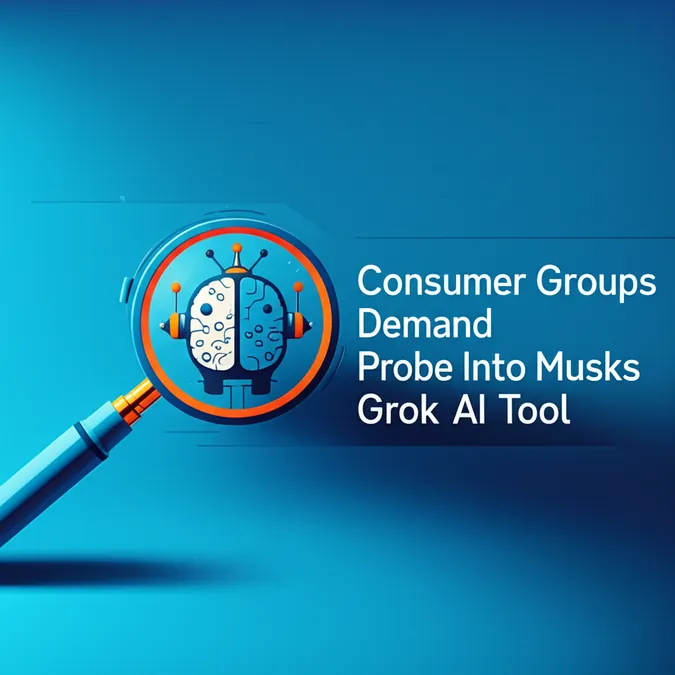Developer Offer
Try ImaginePro API with 50 Free Credits
Build and ship AI-powered visuals with Midjourney, Flux, and more — free credits refresh every month.
How AI Transforms Generic Car Photos Into Sales Tools
In the competitive world of online car sales, the quality of a vehicle's photos can make or break a deal. For every 1,000 cars sold, customers generate between 1 to 2 million clicks on their images, making visual merchandising one of the most critical tools for any dealership.
However, many dealers treat photography as an afterthought, a mistake that can have significant consequences. According to Joe Pistell, founder and president of AutoMagic Labs, this oversight is a major missed opportunity.
The Problem with Generic Car Photos
The challenges are clear. Data shows that 80% of the time spent on a vehicle display page (VDP) is dedicated to clicking through photos. With the average used car costing around $31,000 and being filled with complex, often hidden, tech features, a generic "photo booth" approach simply doesn't cut it. This method often fails to capture the key contextual elements that make a vehicle unique.
“Shoppers gather most of their information from photographs and our dealers are producing photographs that are so generic and so vanilla and so like the last one that customers lose the idea,” of which photo is associated with a particular dealership, Pistell explained during an interview with the hosts of Daily Dealer Live.
Consider a dealer listing a popular Ford F-150. They could be competing against more than 100 other similar trucks in the same market. Without distinctive photos that highlight unique features, their pickup can easily get lost in the crowd, failing to capture the attention of a potential buyer.
AI Steps in to Sharpen the Focus
To combat this issue, AutoMagic Labs is developing a tool that uses artificial intelligence to overhaul the generic photo process in auto retail. Currently in its beta phase, the tool leverages a partnership with Chrome Data to fetch detailed build sheet information for each vehicle.
Using AI, the system matches this data to the photos in real time. It can identify and automatically label visible features like running boards and special packages, as well as highlight hidden tech offerings. This process creates what the company calls "photo stages," turning a simple gallery into an informative and engaging tour of the vehicle.
Seeing Measurable Results in Engagement
The impact of this technology is already proving to be significant. Analytics from AutoMagic Labs show that the engagement rate for photos enhanced by their solution is nearly 50% higher than the industry average. Pistell emphasizes a direct correlation between photo quality and customer retention.
“The better your photographs are, the more they click. The more they click, the more time they stay on your website. The more time they spend on your website, the less time they're at your competitors," Pistell explained.
He also noted that modern challenges require a smarter approach. Features that are now common, like leather seats, don't stand out as they once did, while critical safety features like pedestrian detection are impossible to capture in a standard photograph. This is where AI-driven labeling becomes essential.
A New Perspective on Vehicle Storytelling
The bottom line is that dealers must recognize vehicle photos as a cornerstone of customer engagement and retention. This requires a shift in mindset, where leadership and the entire team view the photography process with a fresh perspective. The goal is to create unique images that don't just show the car but tell its complete story, ensuring every key feature is seen and understood by the shopper.
Compare Plans & Pricing
Find the plan that matches your workload and unlock full access to ImaginePro.
| Plan | Price | Highlights |
|---|---|---|
| Standard | $8 / month |
|
| Premium | $20 / month |
|
Need custom terms? Talk to us to tailor credits, rate limits, or deployment options.
View All Pricing Details

